In a conversation with Industry In Focus Reporter Matthew Silver for www.MHMSM.com, Mark Dillard, Executive Director of the Manufactured Housing Institute of South Carolina (MHISC), Dillard said lending is the biggest piece of the puzzle in terms of selling manufactured housing.
“We’ve been going to regional credit union association meetings and trying to reach a couple dozen people at a time. There are always a few people who show interest, and out of that we often will get one person who is ready to jump in. Credit unions don’t typically hold the paper when they make loans. Some of the mainstream lenders, like CU and US Bank are encouraging credit unions to make the loans, and then they buy the paper if the bottom line looks good to them,” he says.
“A lot of the retailers have a relationship with the banks in their towns so we put together a power point presentation that the retailer can present to lenders, and leave it with them. It’s everything from the lifespan of a modern day manufactured home to the quality features and construction techniques that go in to making them,” he added.
He says a lot of people outside the industry tend to think manufactured housing is still in the Dark Ages. They do not realize the technology that has made advances in medicine, construction, electronics, automobiles, energy efficiency, and so on, has come to the manufactured industry as well. He notes, “But the bottom line is, whether they can make money. We’re going to combine forces with some of the credit union reps and retailers and go talk to the banks.”
He says a couple of months ago representatives from Wachovia Bank came to the office. “It’s been a while since a big bank like that has come to us,” he noted. “They’ve been purchased by Wells Fargo and they gave us the impression that manufactured housing is going be a significant part of their portfolio.” When you get several lenders competing for loan business, that can help spur the industry.
Recently, the association has been running TV ads in larger markets, promoting the energy efficiency of manufactured housing while showing some very attractive homes. The calls came to MHSCI. The pitch is consumers can receive a $750 tax rebate from the government for buying Energy Star appliances. ”You hit close to home when you talk to people about saving money on their energy bills and getting a check from the government,” says Dillard. It was a grant from the South Carolina Energy Office through the U.S. Department of Energy. “Whether or not they take an interest in the energy savings, people are at least seeing a very positive image of a manufactured home,” stated Dillard.
“Getting people inside a manufactured house is the real coup. They get inside and see the island in the kitchen, and the Jacuzzi in the bathroom, and the fireplace, and you can see the surprise on their faces,” he notes.
Another initiative Dillard is pursuing involves insurance companies that insure coastal areas. He says the whole U.S. Southeast coastal communities provide a challenge to insurers, whether it’s site-built or manufactured homes or commercial buildings. “In our previous initiative we took executives of national insurance companies on factory tours to show them houses being built, so they could see firsthand the construction techniques and materials used in building manufactured homes.
“For our current initiative, we discovered in talks with the state insurance department that many people buying property insurance are over insured. We’re putting together a pamphlet to distribute to retailers for consumers to understand how they may save money when they buy property insurance,” he says. Insurance companies move in and out of the state on a regular basis, which keeps the premium high. “The state director of insurance has offered to contact insurers who do business in the southeast and suggest they do business here because we have a high density of manufactured housing,” he states.
South Carolina has just over 20 percent of its population living in manufactured housing.
He says one of the helpful things in this work is the resource of other associations. “When you talk to other state directors, it’s almost like you’ve met your long lost twin. We all have similar issues and challenges, and even similar days at work,” he notes.
But he also adds that the last ten years have been especially challenging in the industry. He says twenty years ago if a problem came up, you had resources to deal with it. These days with a shoestring budget you have to be creative and resourceful.
In noting that one in every five South Carolinians lives in manufactured housing, he says, with a laugh, “It just shows what a good executive director I am.” # #
Contact Mark Dillard at www.mhisc.com.


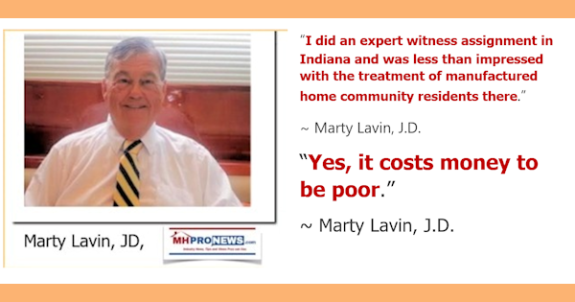
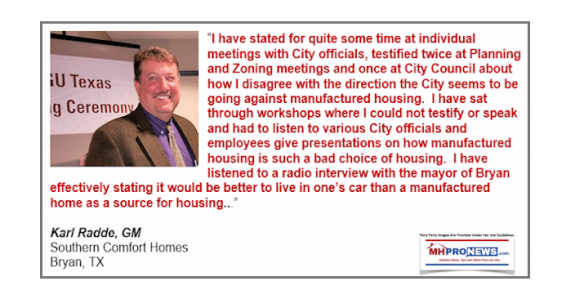
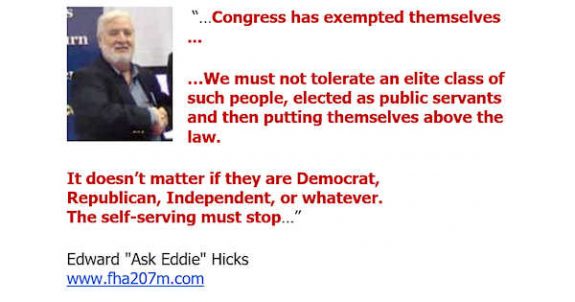
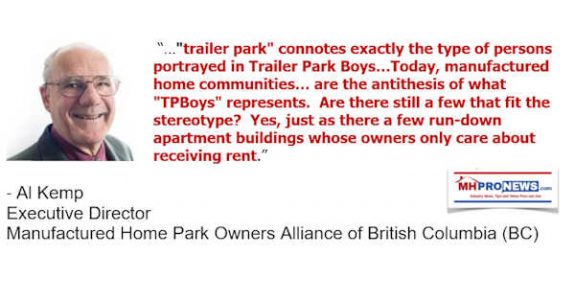
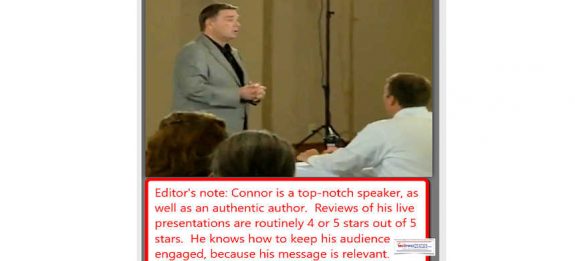
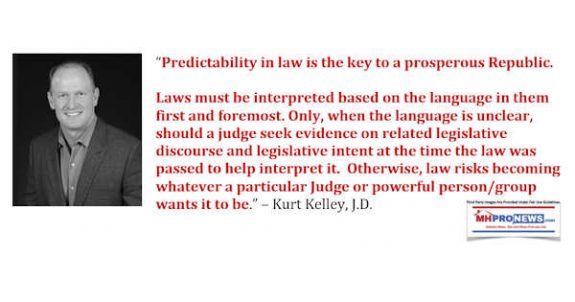
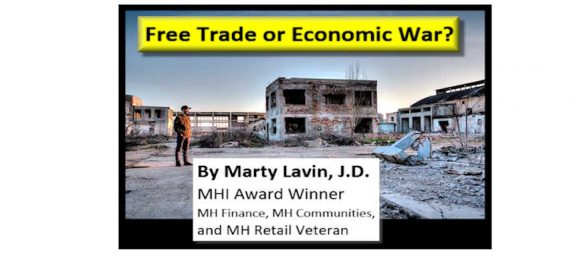
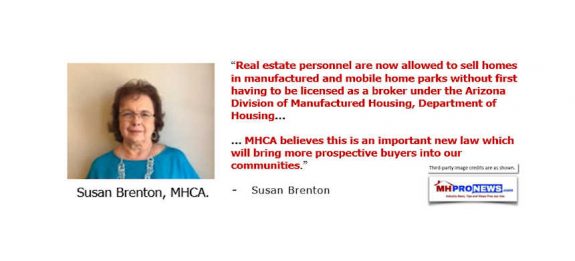
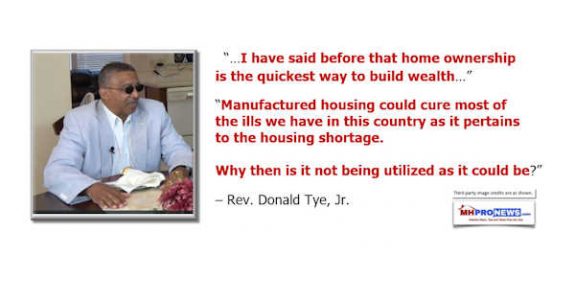
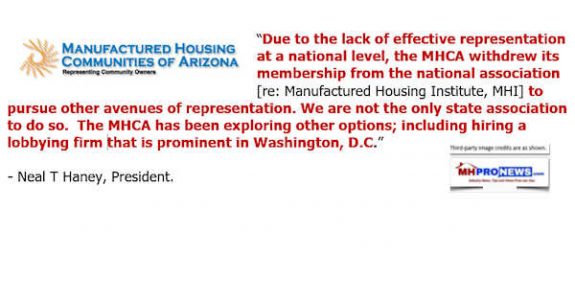
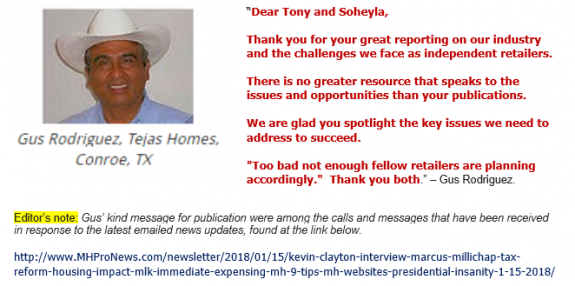
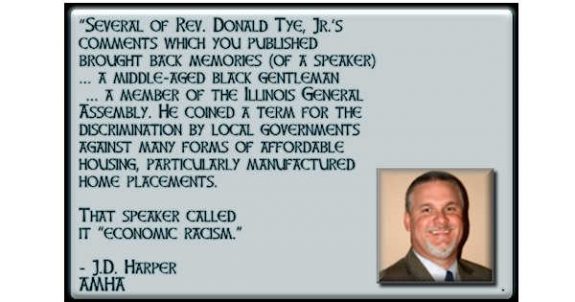
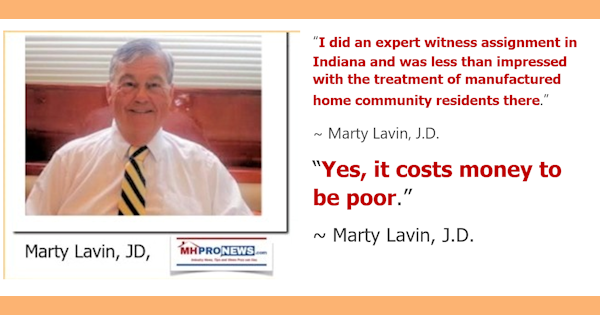
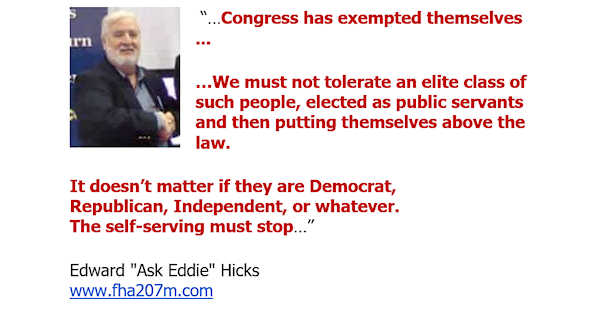
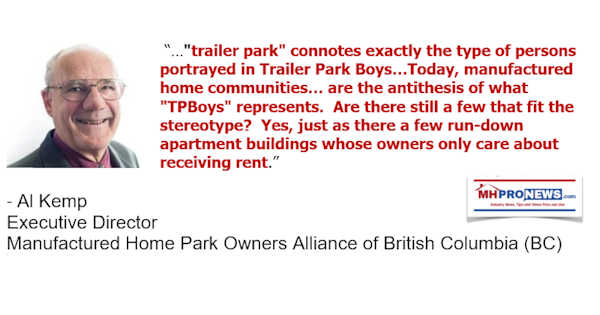
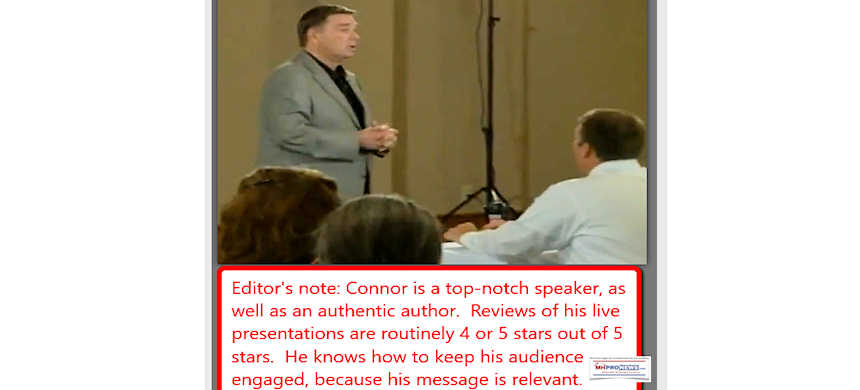
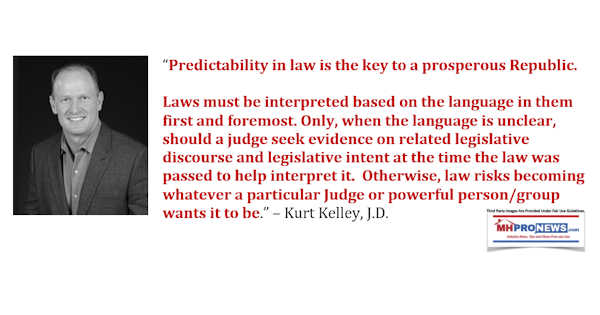
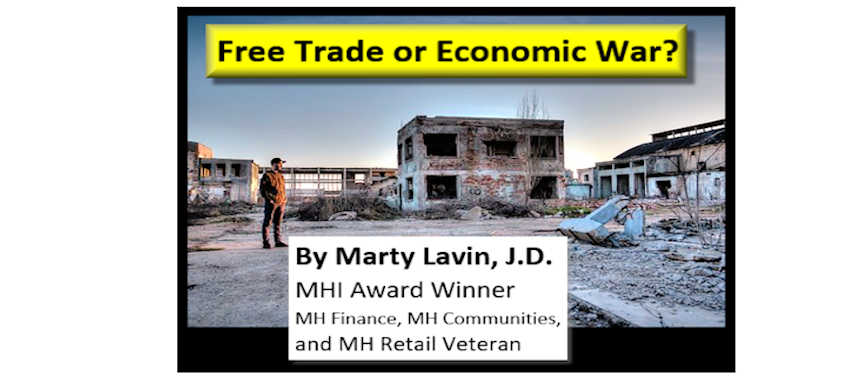
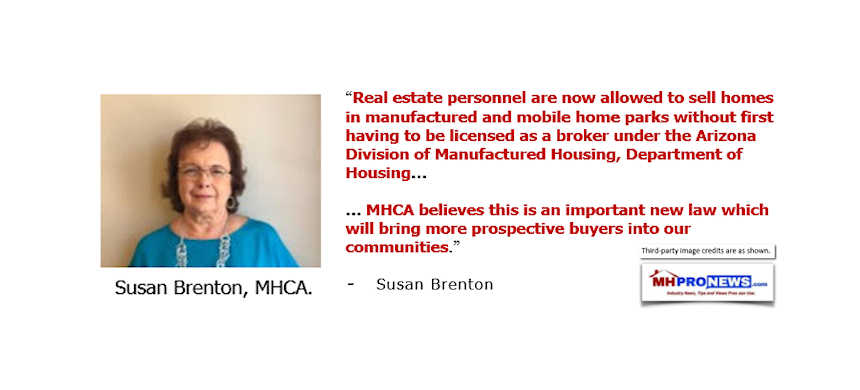
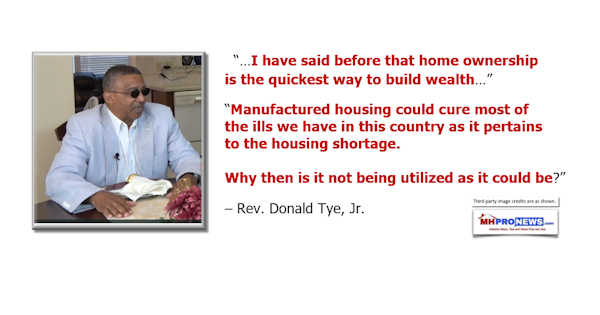
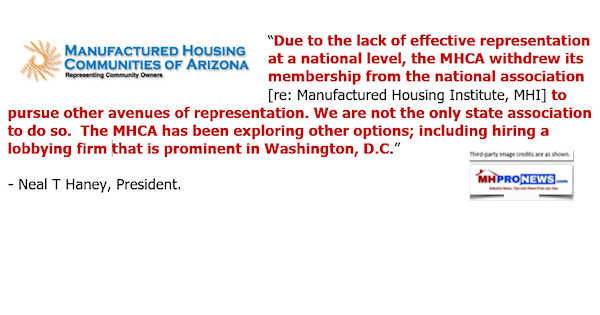
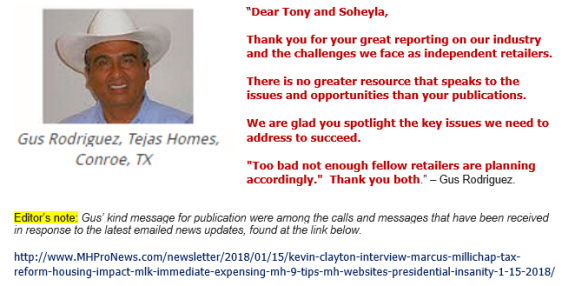
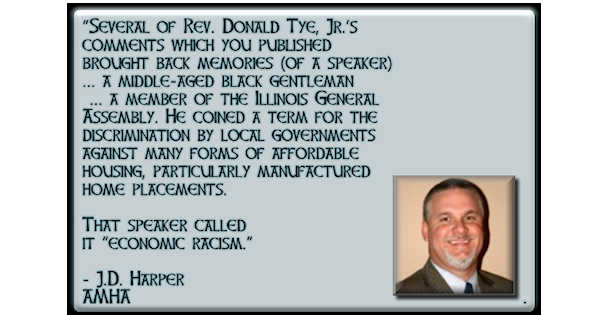
Karl Radde – TMHA, MHI, Southern Comfort Homes – Addressing Bryan City Leaders, Letter on Proposed Manufactured Home Ban
To All Concerned [Bryan City Officials, Others]: As the retail location referenced by Mr. Inderman, I would like to take a moment to address the …